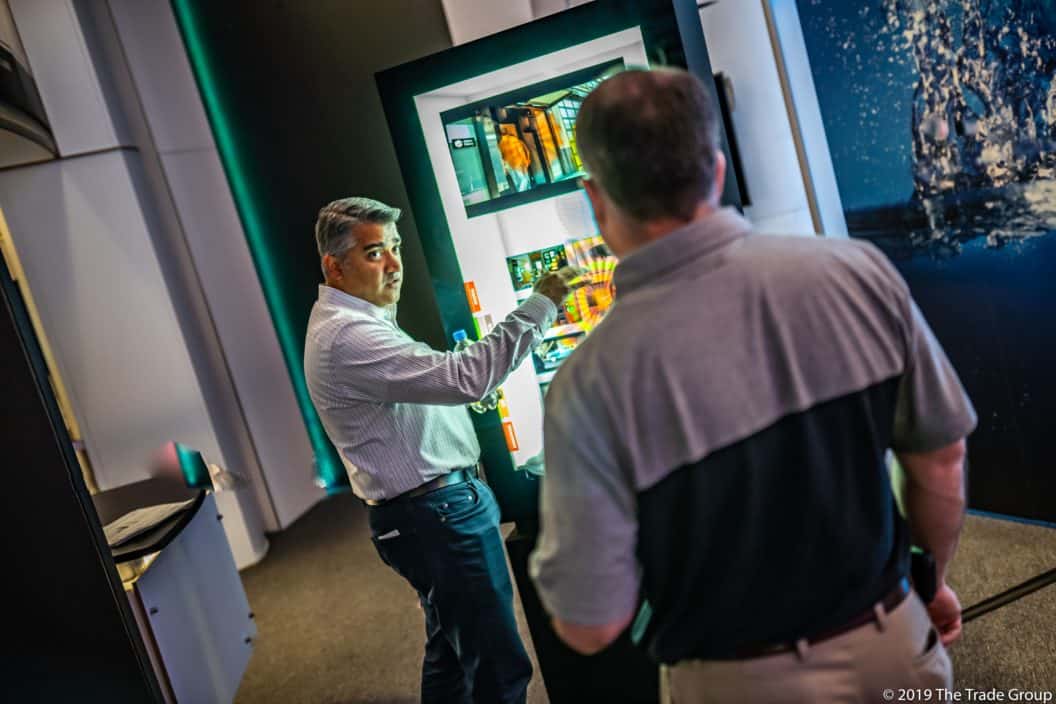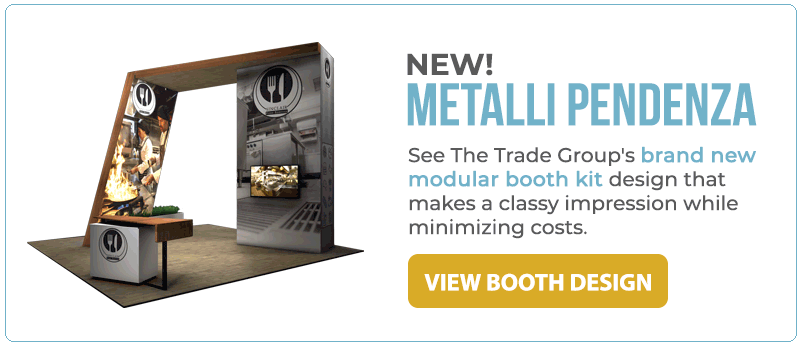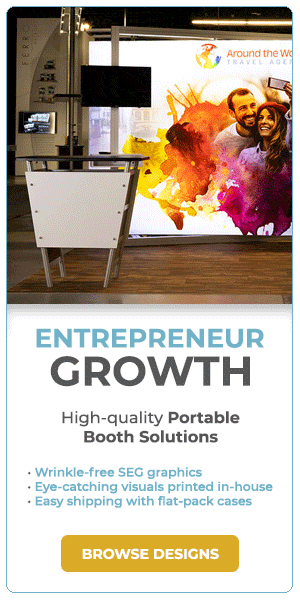
Ever meet someone who immediately apologizes by saying they’re terrible with names?
This is often a solid go-to for many people mingling in large cocktail parties and crowded events. No doubt, the vast majority mean it innocently. But here’s the catch. If you’re attending a trade show packed with hundreds of other businesses, how can you expect potential clients to remember your company name?
The answer you’re looking for is experiential marketing.
A Hot Potato Question
The question “what is experiential marketing” is typically tossed around as marketers fumble to find an answer that is concrete and specific. What doesn’t help is it is a topic hotter than your grandma’s fresh-baked pie. Everyone wants in on the action.
Here at the Trade Group, we have been standing on the precipice of many marketing trends. Having been in the trade show business for over 30 years, we know which ones work and which are mere fashions. Based on past experiences, we can say that experiential marketing is tried and true. It’s here to stay.
And because it’s here to stay and trending, we thought we’d provide some answers, even though we’ve discussed this topic on our blog here. It’s worth repeating. You can think of this as the expansion pack.
In All Seriousness
Experiential marketing is a marketing strategy centered on providing experiences to consumers. It’s sometimes called engagement marketing. While it’s vital for Business to Consumer (B2C) businesses, it can also be utilized for Business to Business (B2B) settings, too.
What makes it challenging to define with precision is the fact that the type of “experiences” varies widely. It could be anything from a treasure hunt to a free sample. But the goal of these experiences is the same: immerse the consumer in your brand message and values by giving them something to do or try.
A good experiential-based marketing strategy will:
- Involve more than two senses
- Produce positive emotion
- Be sharable on social media
- And, of course, relate to your brand message
Involving more than two senses is necessary for reaching that immersive factor. Producing positive emotion and tying it to your product is essential (more on that in a minute). And if participants find it easy to share on social media and do so, then you just got icing on the cake: free advertising. If you hit all these marks, you could turn customers into fans.
Here are some common experiential ideas:
- Photo booth
- Art gallery
- Slide
- Scavenger hunt
The possibilities are endless, especially when you consider how to tie it in with your brand. To see how The Trade Group has incorporated experiential components for events and brands, you can start here.
Here Comes Drama
So about emotions. You want passions running high–the right passions. Why do people watch soap operas? Not necessarily because of the riveting plot, but because they are emotionally invested in the characters. Likewise, making at least a small emotional impact on your customers could be great for business.
You don’t need to offer up to half of your kingdom for people to become invested. Sometimes all you need is to remember their name. If you meet a client at a trade show and then run into them at the end of the weekend and call them by their name, chances are they will be thrilled. Another way to get an emotional impact is to play the nostalgia card. Put your logo on a vintage pen or pin for visitors to wear.
Conclusion
Experiential marketing has been around for some time and is gaining attention in the marketing world. One reason for this is the change in audience. Tactile, visceral experiences are valued over mere viewing and listening for younger people.
The Trade Group is a full-service trade show and event marketing company. We will work with you to create an exhibit or an event that brings in leads and helps you achieve your business goals. Contact us here or give us a call at (800) 343-2005.




